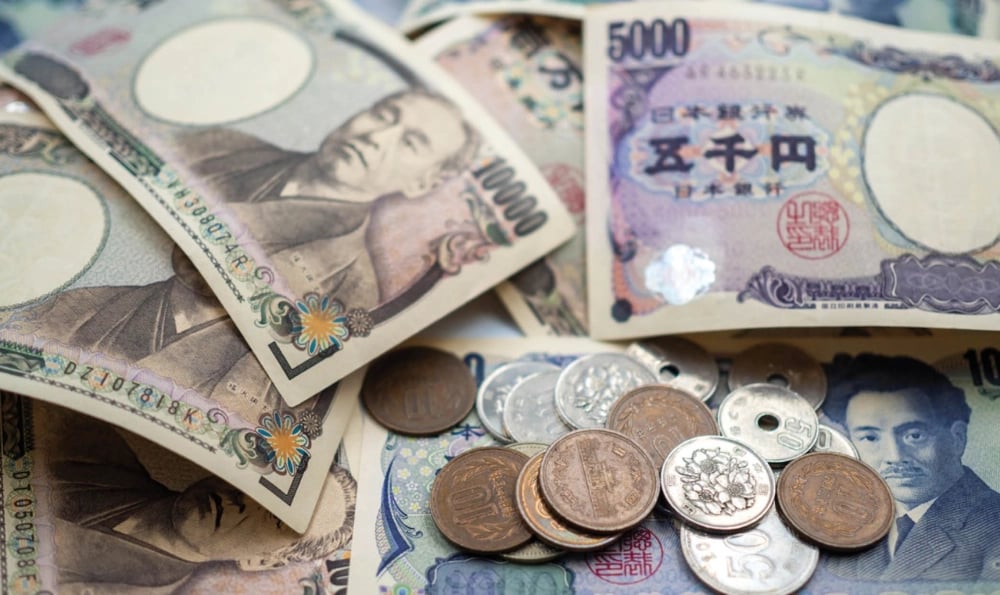Yen’s Strength Intensifies as Japanese Investors Exit U.S. Assets
A strategic shift is underway among Japanese investors as higher domestic yields and a gradually normalizing monetary policy weaken the appeal of U.S. assets. Nomura Holdings, Inc. $8604.T estimates that the Japanese yen (JPY) could strengthen by roughly 6% against the U.S. dollar (USD) over the coming months, pushing the $USDJPY pair from 145 to 136 by the end of Q3.
The reassessment comes as local bond yields improve and the Bank of Japan (BoJ) continues cautious rate tightening. This environment favors a rotation toward Japanese government bonds (JGBs), reducing outbound capital flows.
Nomura and MUFG Align on Yen Upside
Nomura analysts Yusuke Miyairi, Yujiro Goto, and Dominic Bunning forecast continued demand for domestic securities, citing internal rate support and policy normalization. Their view is reinforced by MUFG $8306.T, whose strategists expect USD/JPY to approach ¥138.30 in the near term. This joint positioning among Japan’s largest financial institutions signals a broader revaluation of currency risk as domestic investment options regain competitiveness.

Key Macro Drivers Behind the Yen's Projected Rally
Rising Japanese Yields: The yield spread between JGBs and U.S. Treasuries is narrowing, reducing incentives to hold foreign debt.
Policy Normalization by the BoJ: Even modest rate hikes reshape return profiles and favor yen-denominated assets.
Diminished Appetite for USD Risk: U.S. assets are facing lower demand from Japanese insurers and pension funds.
Geopolitical Currency Dynamics: U.S. policymakers are signaling tolerance for a stronger yen, possibly as part of trade negotiation leverage.
Consensus Market Expectations: Forecasts now cluster around 138–142 yen per dollar, reflecting a directional bias toward JPY appreciation.
Market Impact and Strategic Implications
A stronger yen could pressure Japanese exporters but simultaneously lower import costs and moderate inflation. On global markets, reduced Japanese demand for USD assets may marginally raise U.S. bond yields and recalibrate FX hedging strategies across portfolios. The dollar's relative weakness in this context appears structurally driven, with internal yield recovery acting as the dominant force rather than speculative sentiment.















Comments